2004 Toyota Camry Brake Rotors and Pads
Click here to search another vehicle
All Rotors:
OEM x
Coated x
Drilled, Slotted and Coated x
Front x
Rear x
All Pads:
Ceramic x
Semi-metallic x
Front x
Rear x
Found 29 record
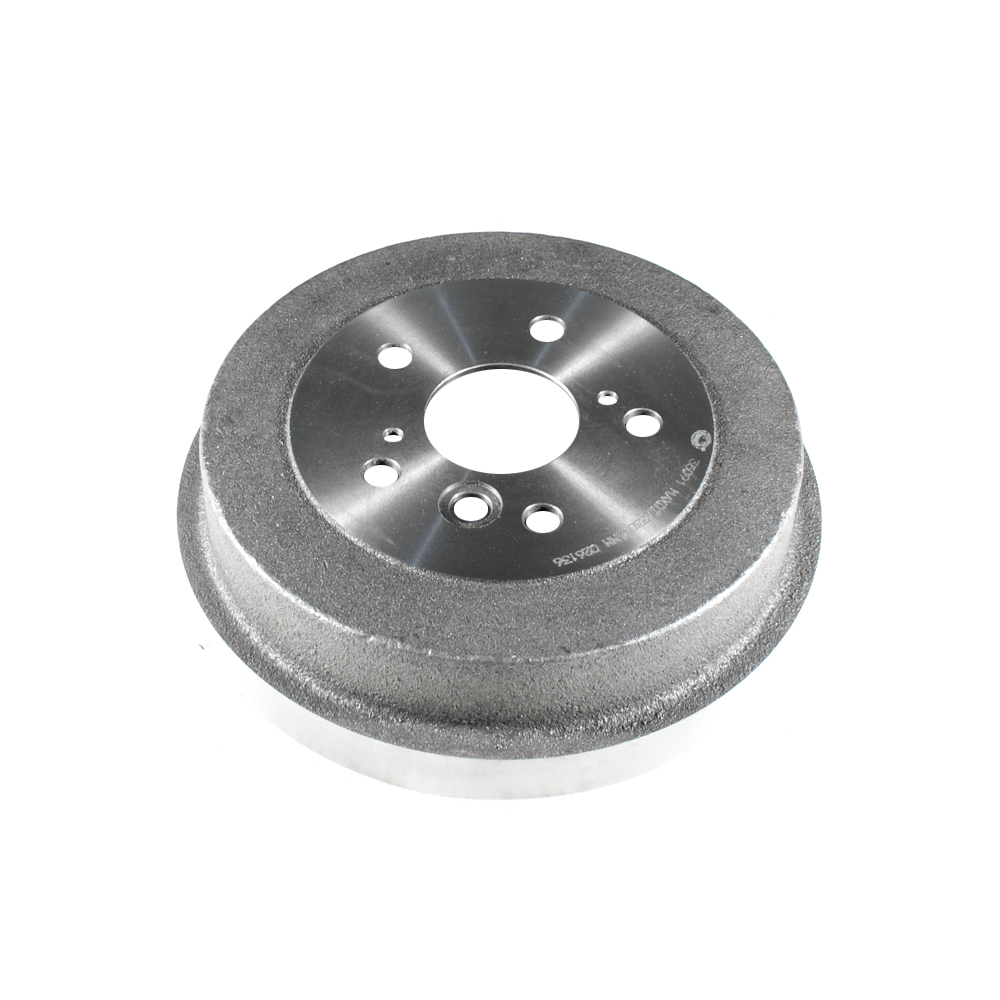
Part No: BD35091
Raybestos: 9731
OE: 4243106100
Raybestos: 9731
OE: 4243106100
$35.37 each
Per Car QTY: 2
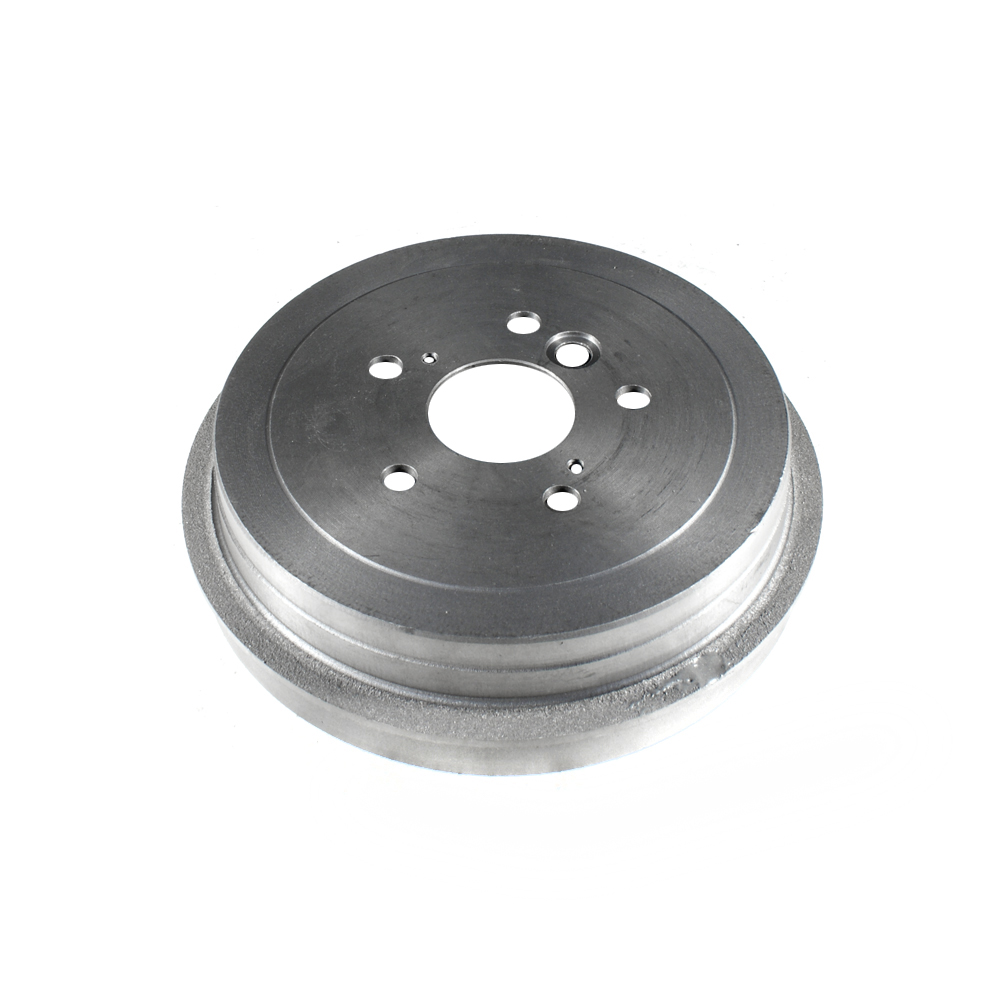
Part No: BD35107
Raybestos: 9766
OE:
Raybestos: 9766
OE:
$42.46 each
Per Car QTY: 2
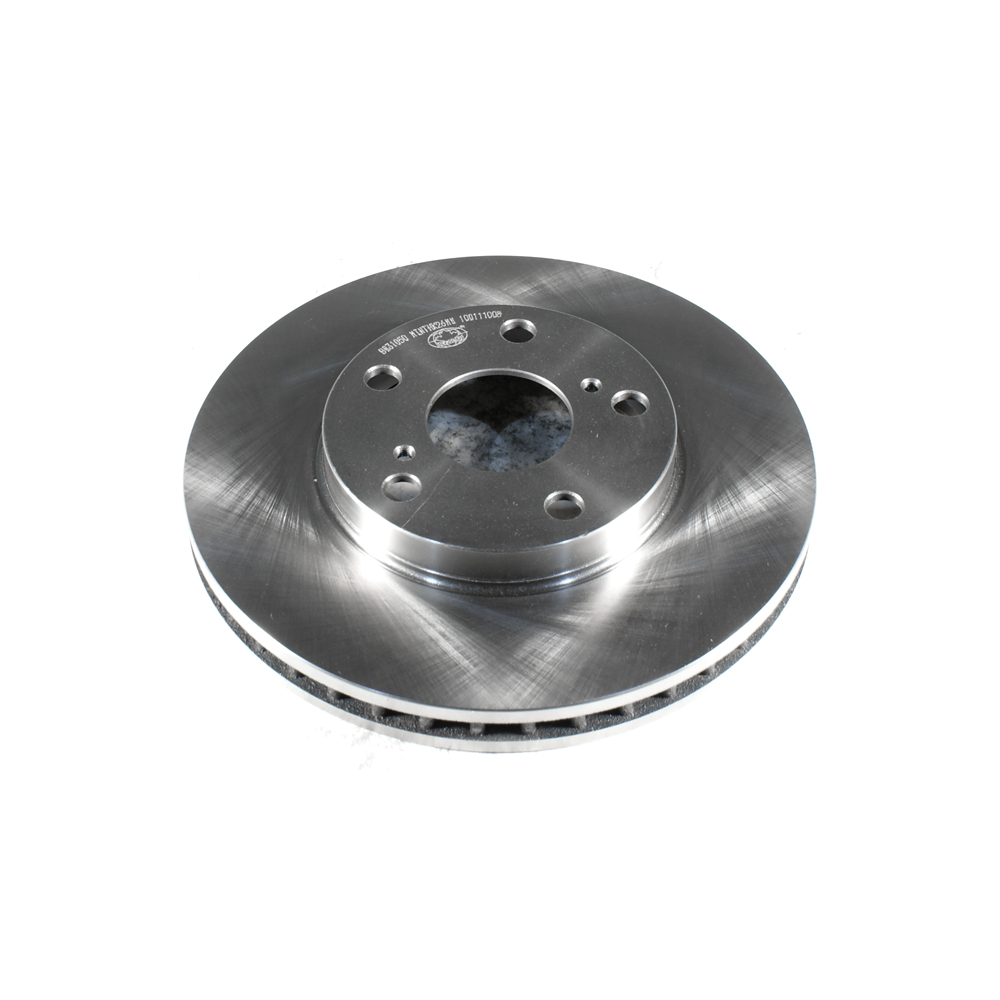
Part No: BR31050
Raybestos: 96217
OE: 4351233043
Raybestos: 96217
OE: 4351233043
$37.84 each
Per Car QTY: 2
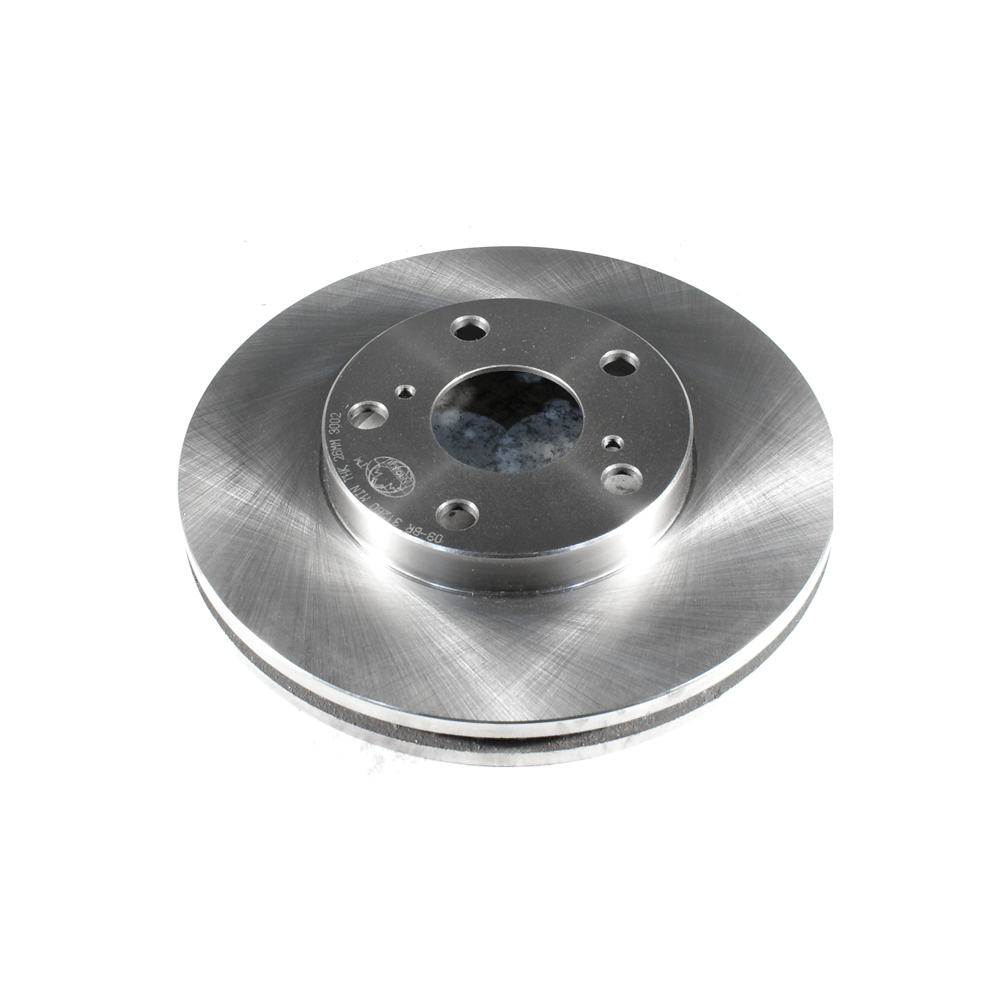
Part No: BR31260
Raybestos: 96754
OE:
Raybestos: 96754
OE:
$32.89 each
Per Car QTY: 2
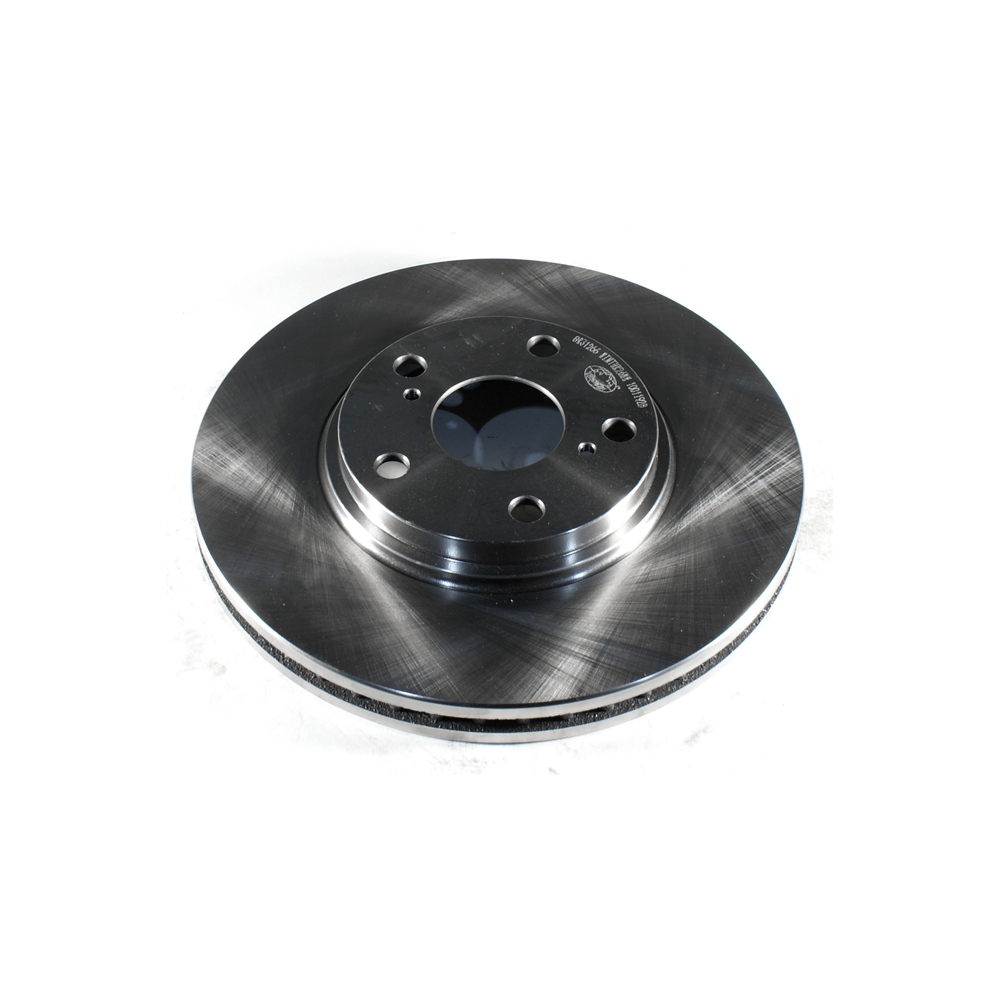
Part No: BR31266
Raybestos: 96820
OE: 4351248031
Raybestos: 96820
OE: 4351248031
$35.44 each
Per Car QTY: 2
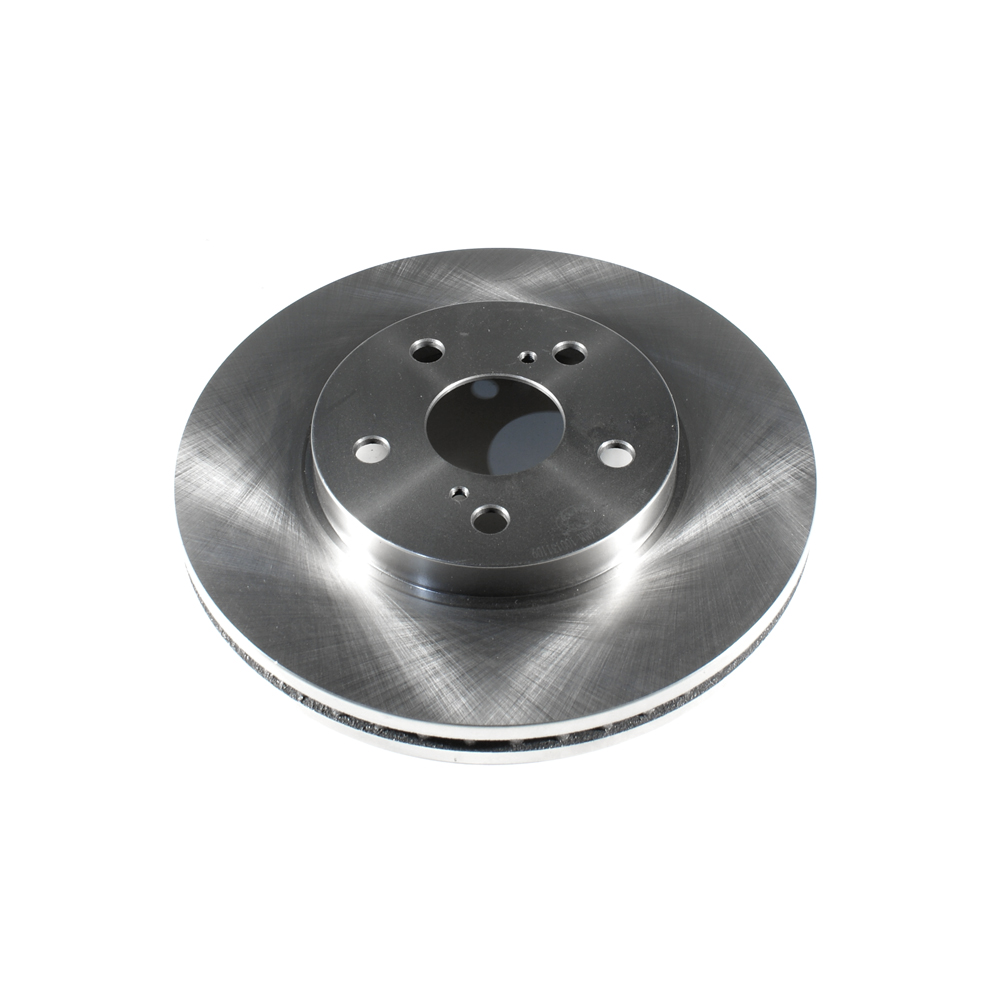
Part No: BR31314
Raybestos: 980077
OE: 4351233100
Raybestos: 980077
OE: 4351233100
$47.14 each
Per Car QTY: 2
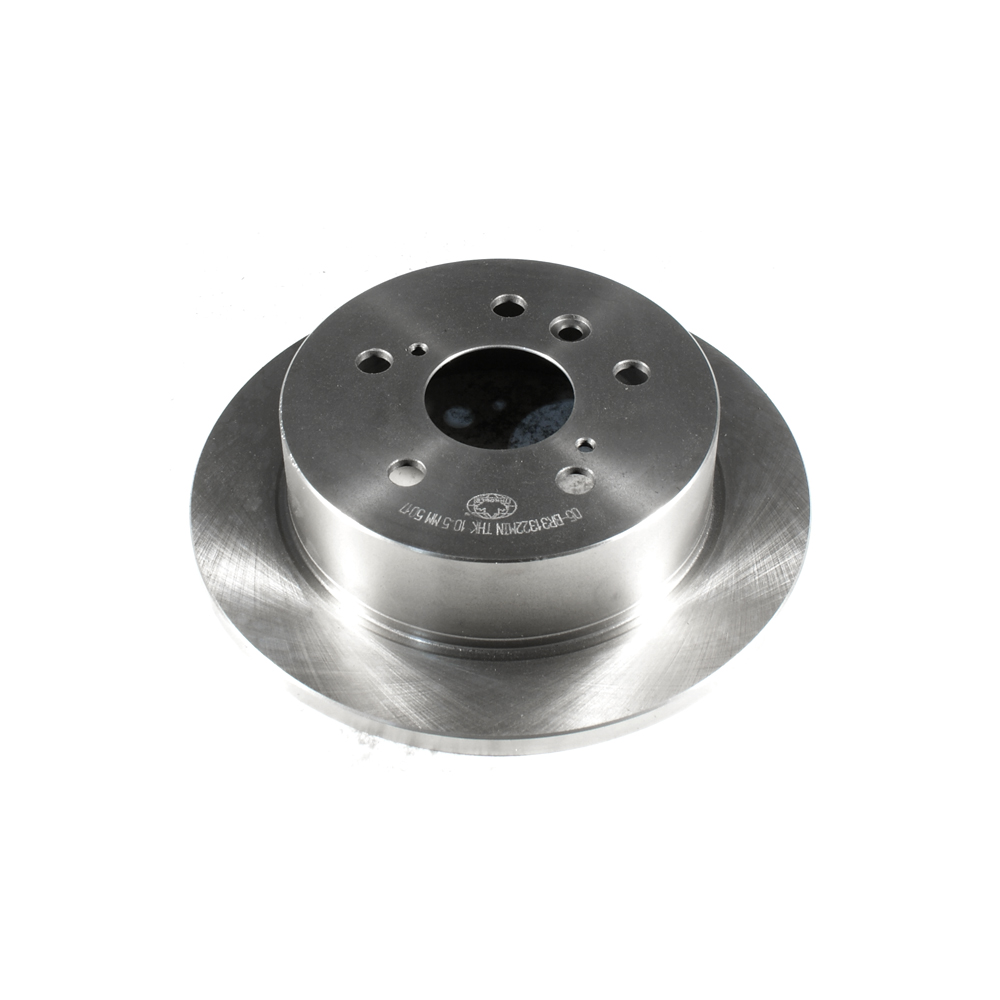
Part No: BR31322
Raybestos: 980076
OE: 4243106051
Raybestos: 980076
OE: 4243106051
$33.95 each
Per Car QTY: 2
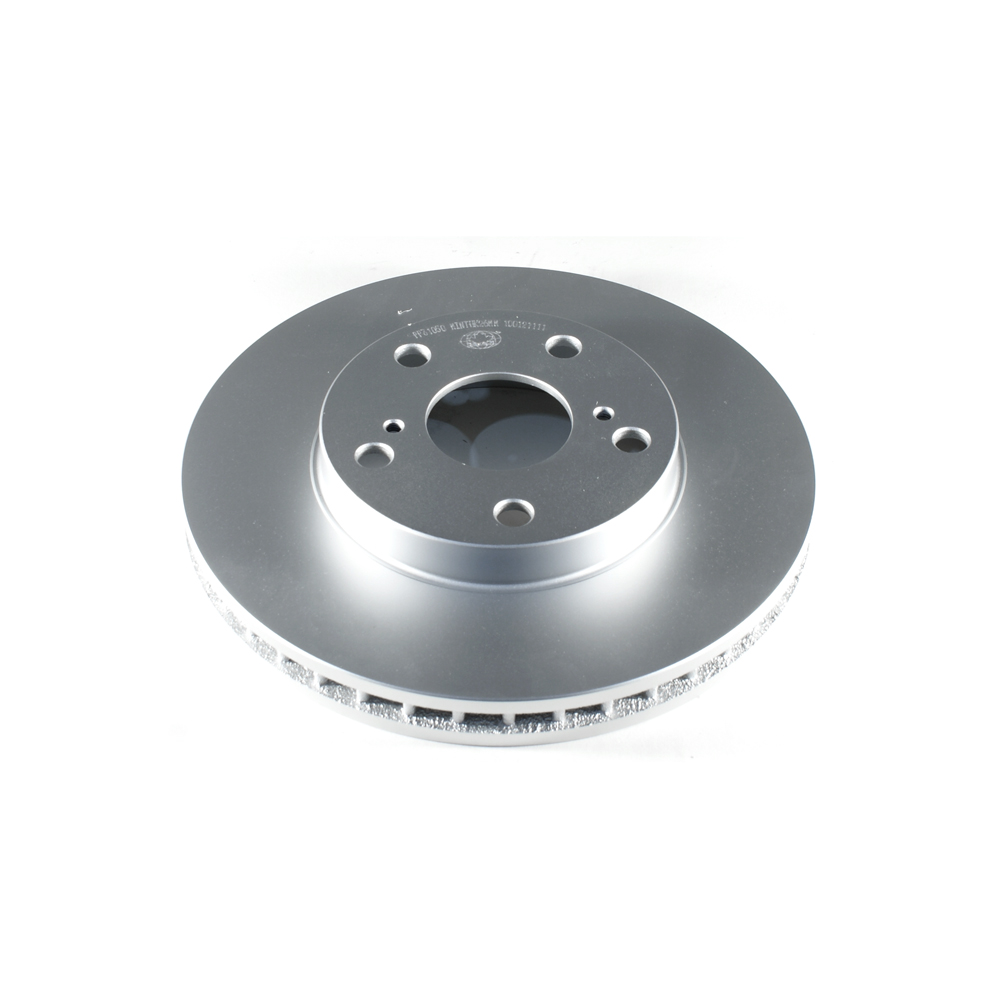
Part No: PP31050
Raybestos: 96217
OE: 4351233043
Raybestos: 96217
OE: 4351233043
$44.55 each
Per Car QTY: 2
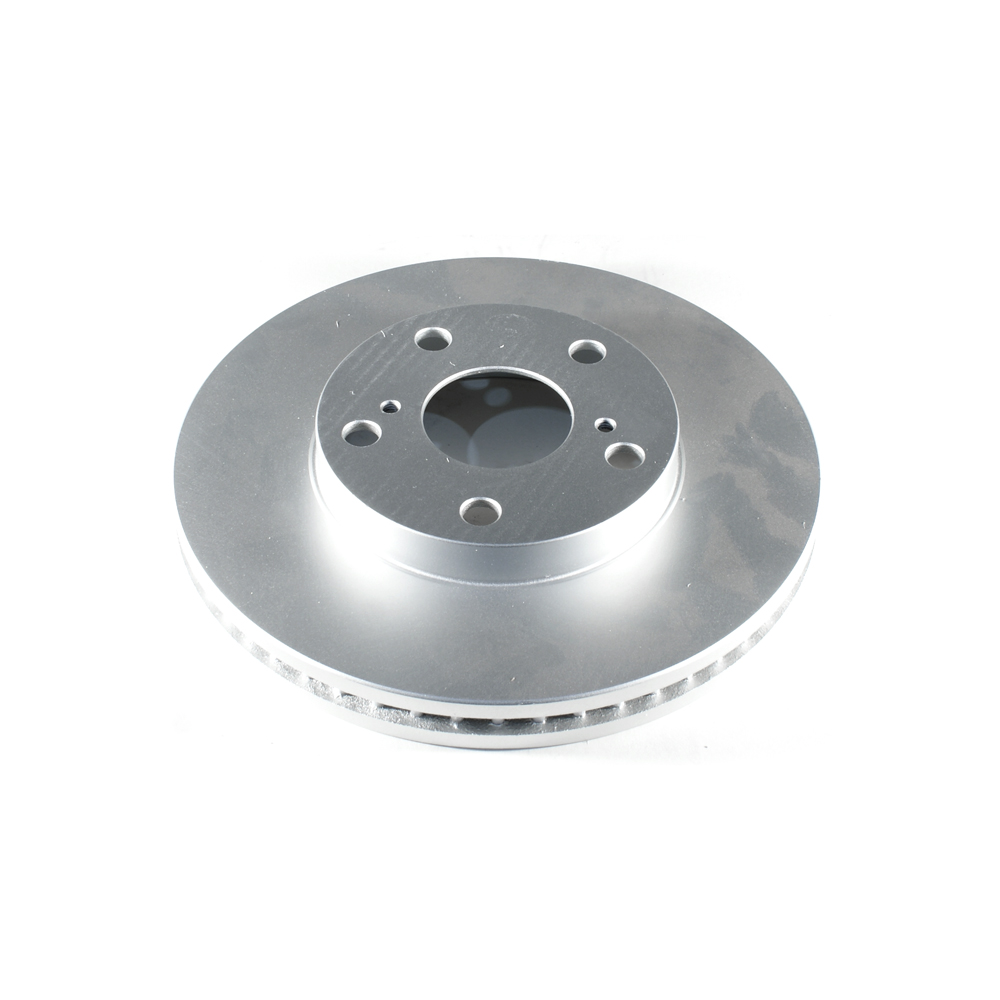
Part No: PP31260
Raybestos: 96754
OE:
Raybestos: 96754
OE:
$46.67 each
Per Car QTY: 2
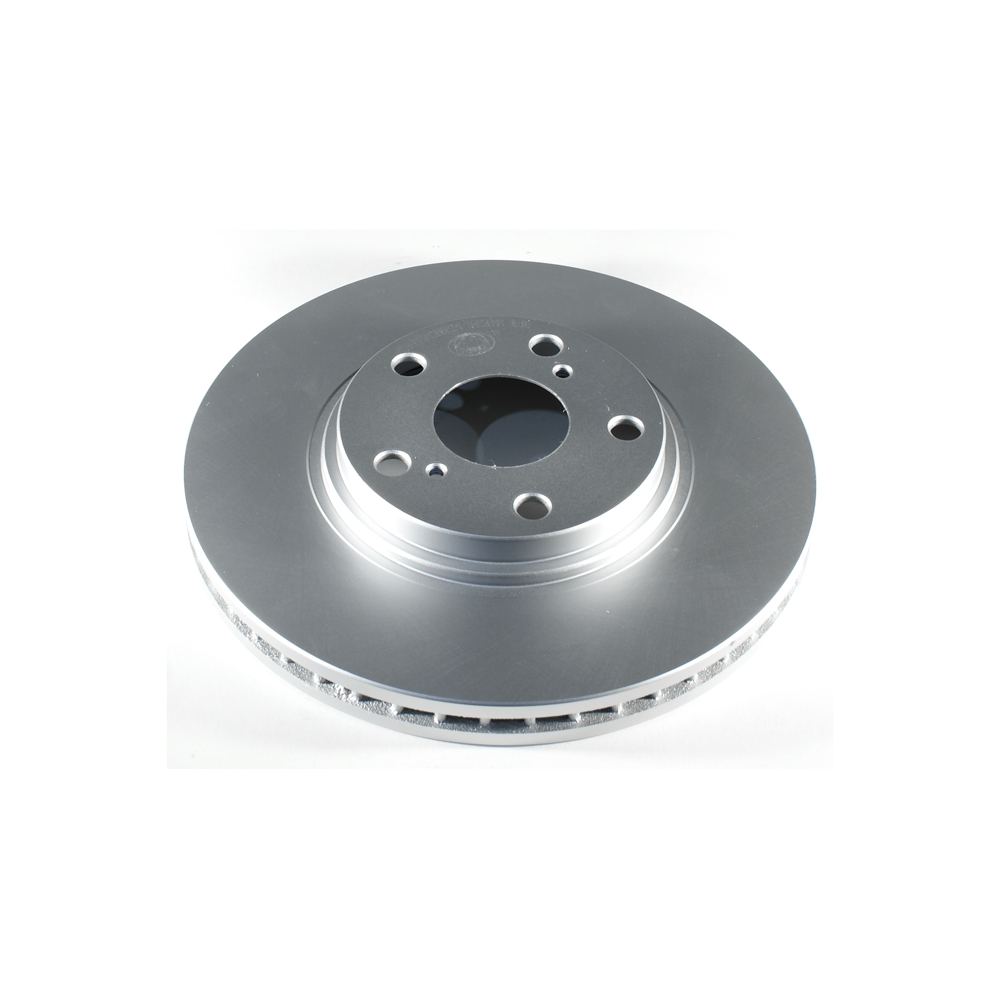
Part No: PP31266
Raybestos: 96820
OE: 4351248031
Raybestos: 96820
OE: 4351248031
$50.31 each
Per Car QTY: 2
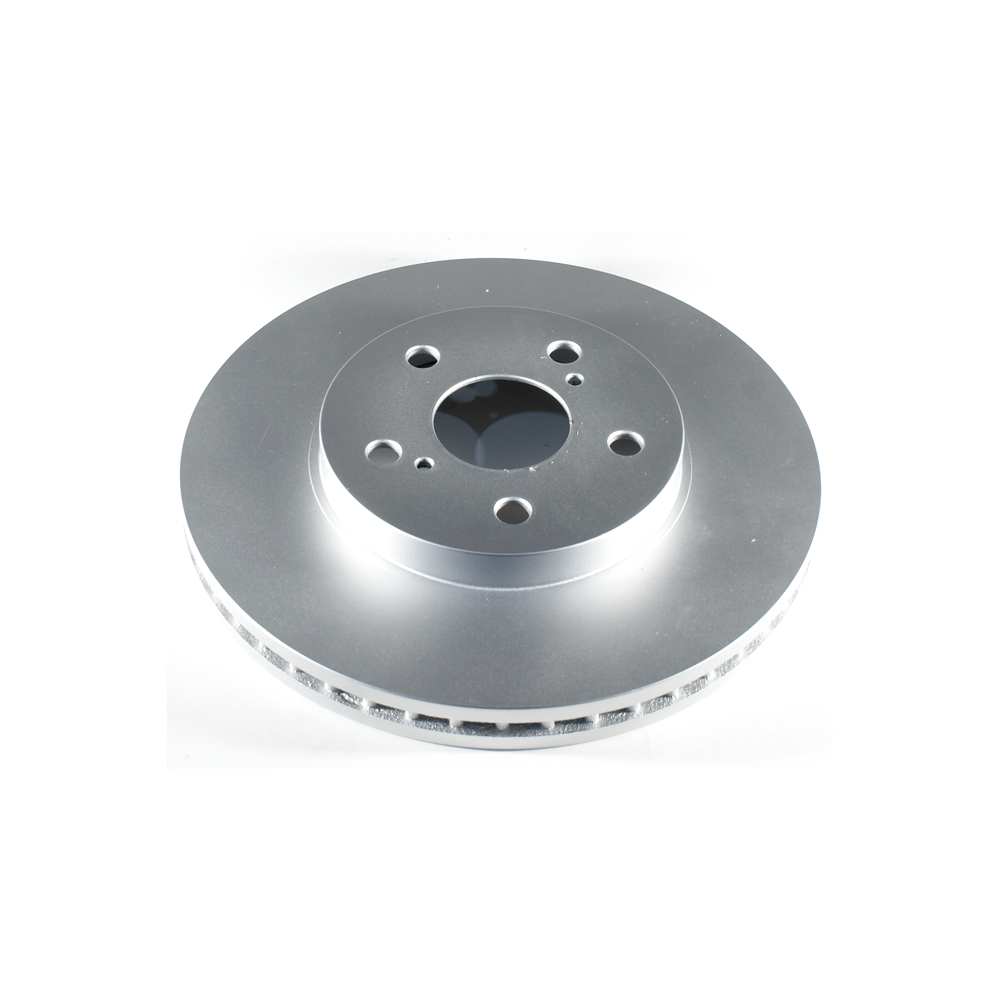
Part No: PP31314
Raybestos: 980077
OE: 4351233100
Raybestos: 980077
OE: 4351233100
$58.28 each
Per Car QTY: 2
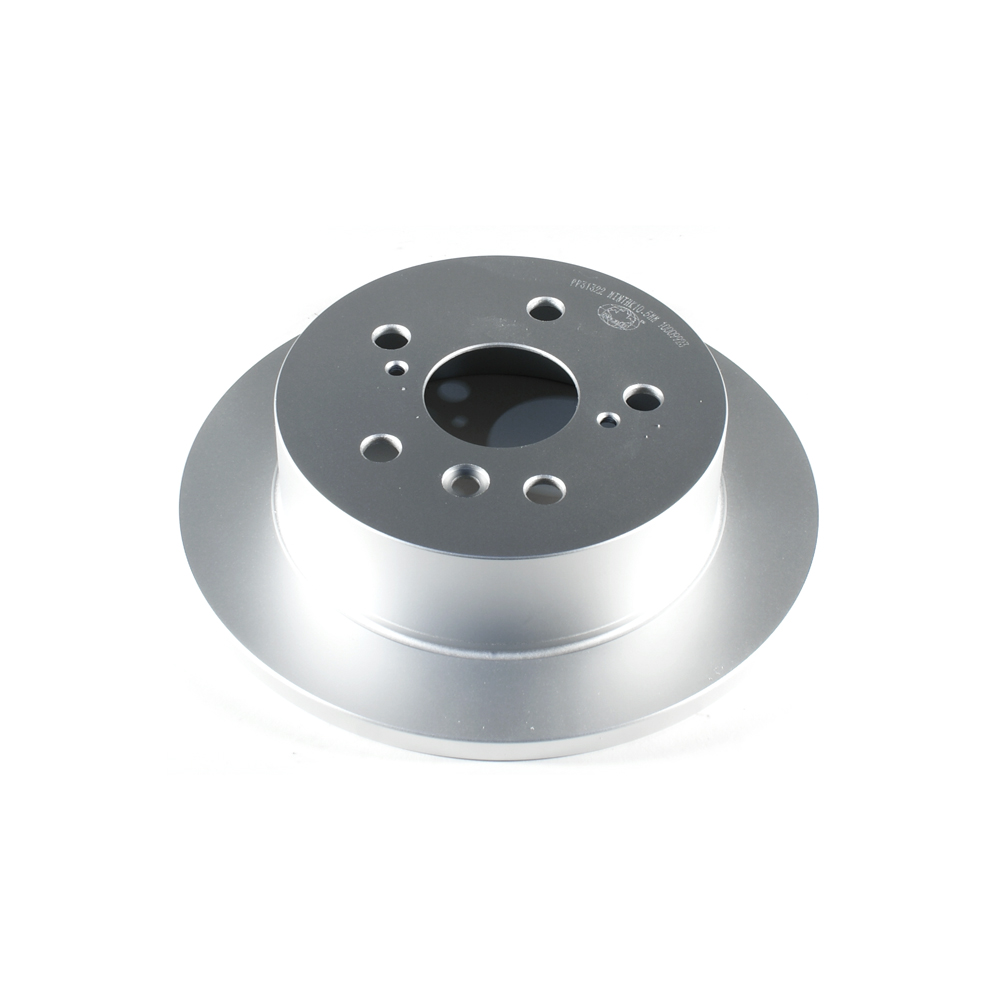
Part No: PP31322
Raybestos: 980076
OE: 4243106051
Raybestos: 980076
OE: 4243106051
$43.81 each
Per Car QTY: 2
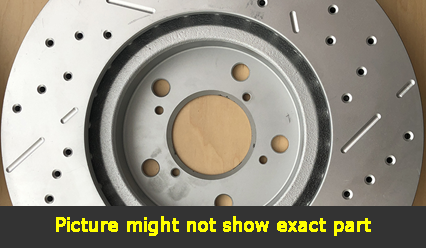
Drilled, Slotted and Coated Brake Rotor
Position: FRONT LEFT
Fitment Notes: 275mm, Plain Hat Rotor Design
Position: FRONT LEFT
Fitment Notes: 275mm, Plain Hat Rotor Design
Part No: SP31050L
Raybestos: 96217
OE: 4351233043
Raybestos: 96217
OE: 4351233043
$76.95 each
Per Car QTY: 1
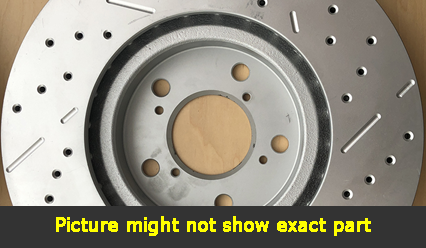
Drilled, Slotted and Coated Brake Rotor
Position: FRONT RIGHT
Fitment Notes: 275mm, Plain Hat Rotor Design
Position: FRONT RIGHT
Fitment Notes: 275mm, Plain Hat Rotor Design
Part No: SP31050R
Raybestos: 96217
OE: 4351233043
Raybestos: 96217
OE: 4351233043
$76.95 each
Per Car QTY: 1
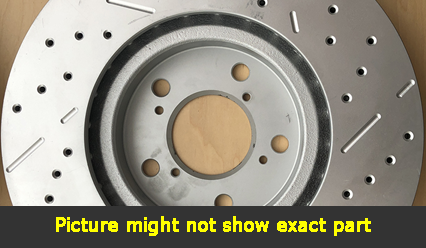
Part No: SP31260L
Raybestos: 96754
OE:
Raybestos: 96754
OE:
$79.07 each
Per Car QTY: 1
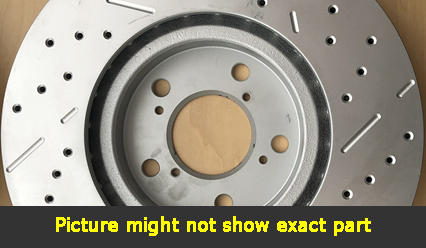
Part No: SP31260R
Raybestos: 96754
OE:
Raybestos: 96754
OE:
$79.07 each
Per Car QTY: 1
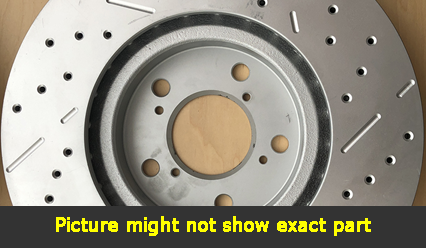
Drilled, Slotted and Coated Brake Rotor
Position: FRONT LEFT
Fitment Notes: 296mm, Stepped Hat Rotor Design
Position: FRONT LEFT
Fitment Notes: 296mm, Stepped Hat Rotor Design
Part No: SP31266L
Raybestos: 96820
OE: 4351248031
Raybestos: 96820
OE: 4351248031
$82.71 each
Per Car QTY: 1
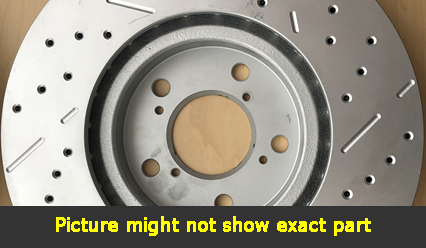
Drilled, Slotted and Coated Brake Rotor
Position: FRONT RIGHT
Fitment Notes: 296mm, Stepped Hat Rotor Design
Position: FRONT RIGHT
Fitment Notes: 296mm, Stepped Hat Rotor Design
Part No: SP31266R
Raybestos: 96820
OE: 4351248031
Raybestos: 96820
OE: 4351248031
$82.71 each
Per Car QTY: 1
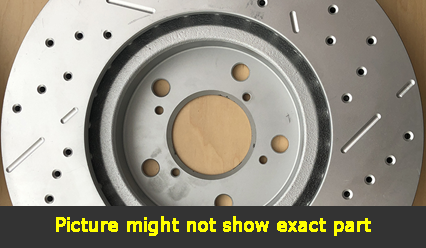
Drilled, Slotted and Coated Brake Rotor
Position: FRONT LEFT
Fitment Notes: 296mm, Plain Hat Rotor Design
Position: FRONT LEFT
Fitment Notes: 296mm, Plain Hat Rotor Design
Part No: SP31314L
Raybestos: 980077
OE: 4351233100
Raybestos: 980077
OE: 4351233100
$90.68 each
Per Car QTY: 1
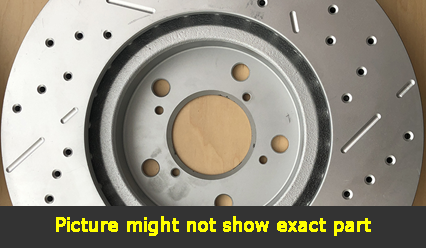
Drilled, Slotted and Coated Brake Rotor
Position: FRONT RIGHT
Fitment Notes: 296mm, Plain Hat Rotor Design
Position: FRONT RIGHT
Fitment Notes: 296mm, Plain Hat Rotor Design
Part No: SP31314R
Raybestos: 980077
OE: 4351233100
Raybestos: 980077
OE: 4351233100
$90.68 each
Per Car QTY: 1
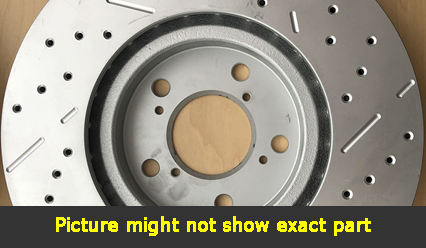
Part No: SP31322L
Raybestos: 980076
OE: 4243106051
Raybestos: 980076
OE: 4243106051
$76.21 each
Per Car QTY: 1
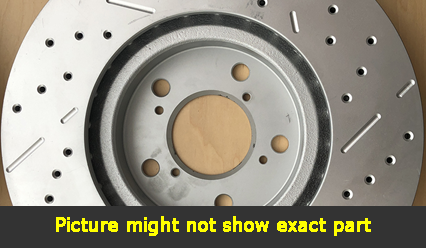
Part No: SP31322R
Raybestos: 980076
OE: 4243106051
Raybestos: 980076
OE: 4243106051
$76.21 each
Per Car QTY: 1

Part No: PD908C
Raybestos: 908
OE:
Raybestos: 908
OE:
$39.51 each
Per Car QTY: 1
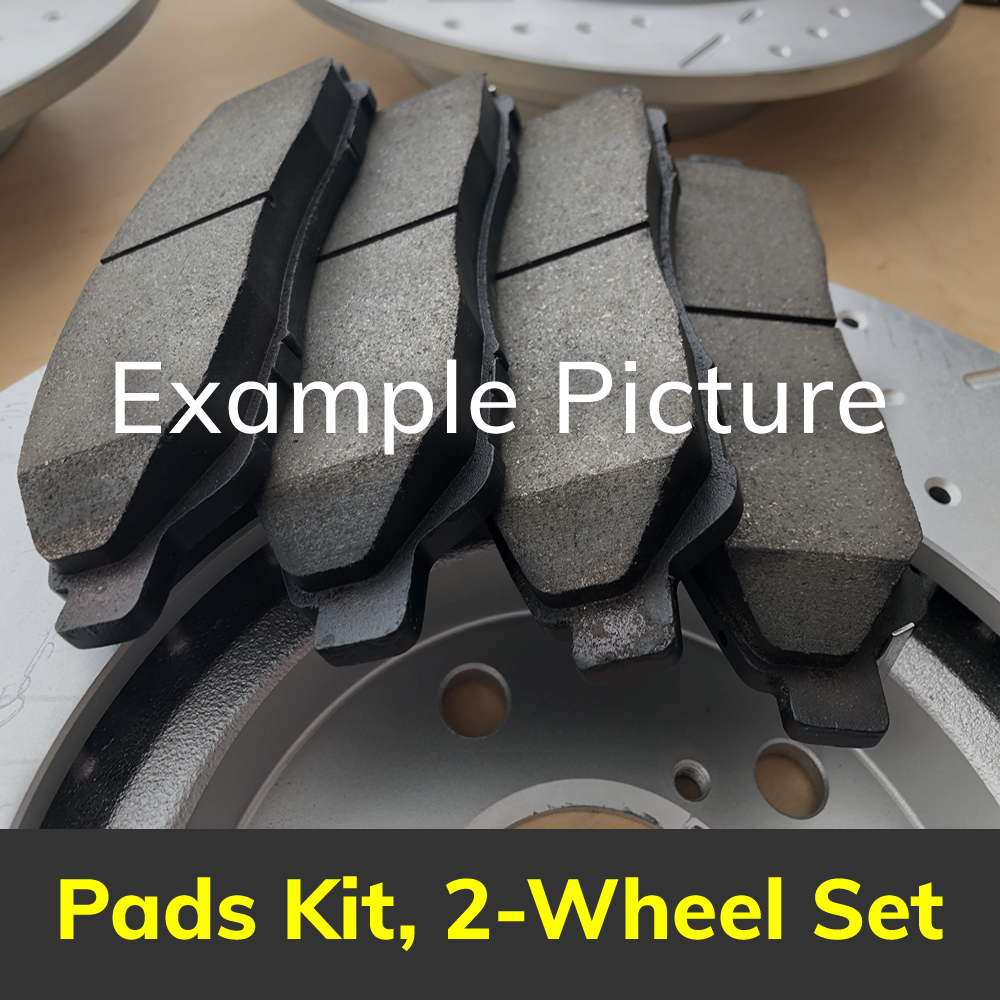
Part No: PD828C
Raybestos: 828
OE:
Raybestos: 828
OE:
$34.7 each
Per Car QTY: 1
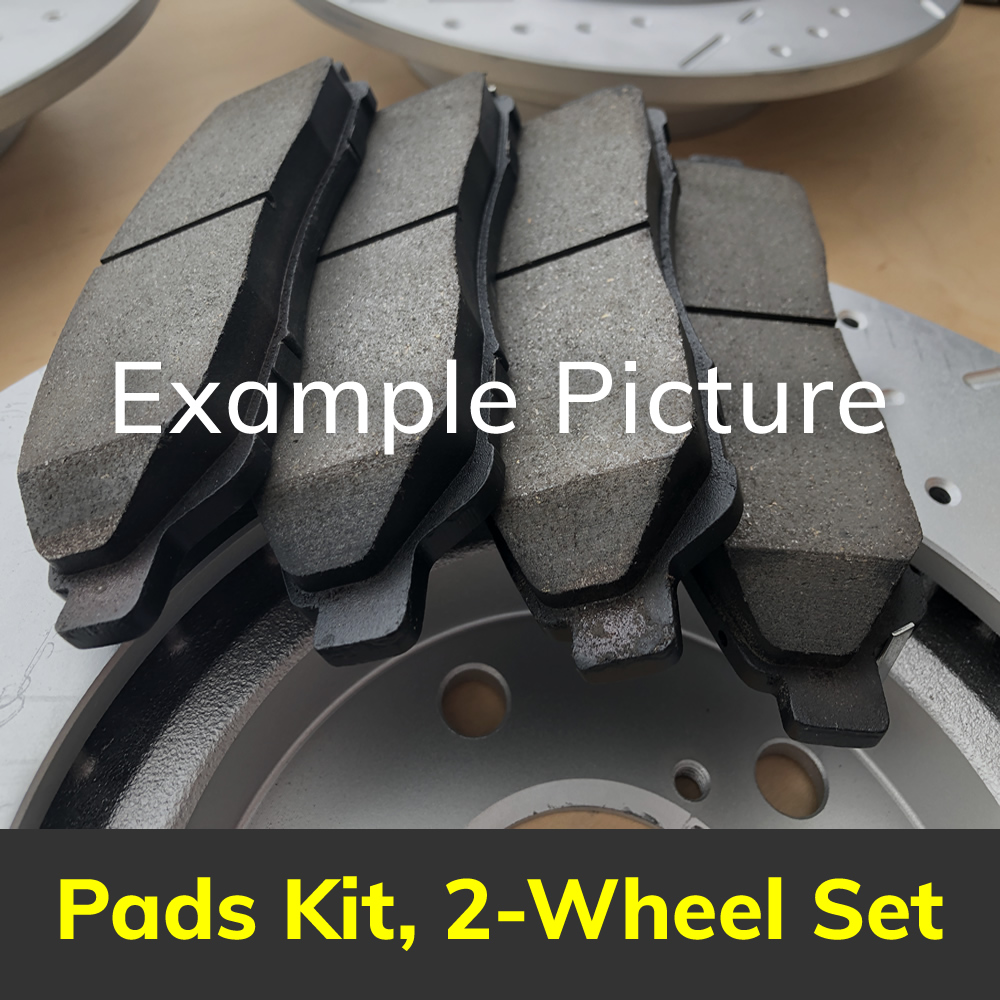
Part No: PD885C
Raybestos: 885
OE:
Raybestos: 885
OE:
$43.74 each
Per Car QTY: 1
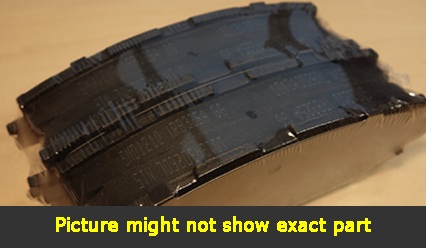
Part No: SMD908
Raybestos:
OE:
Raybestos:
OE:
$21.15 each
Per Car QTY: 1
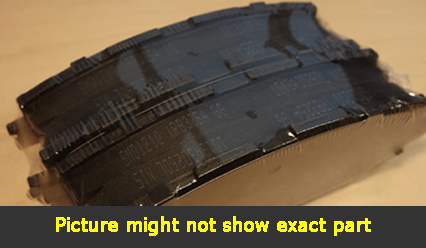
Part No: SMD828
Raybestos:
OE:
Raybestos:
OE:
$19.76 each
Per Car QTY: 1
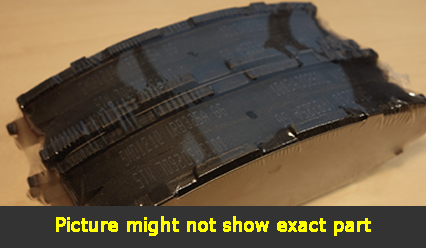
Part No: SMD885
Raybestos:
OE:
Raybestos:
OE:
$21.64 each
Per Car QTY: 1
Brakes play a crucial role in ensuring safety while driving a vehicle. They are an essential part of any car, including the 2004 Toyota Camry. As such, understanding how the brakes work, their maintenance requirements, and the signs of potential issues is paramount for every car owner.
The 2004 Toyota Camry is equipped with a reliable braking system designed to provide maximum stopping power and control. These vehicles generally come with front disc brakes and rear drum brakes, which work together to bring the car to a halt efficiently. Let's delve deeper into how these brakes function and how to take care of them.
The front disc brakes on the 2004 Toyota Camry work by utilizing a hydraulic system that applies pressure to create friction between the brake pads and the rotors. When the brake pedal is pressed, the hydraulic fluid is compressed, causing the brake caliper pistons to squeeze the brake pads onto the rotors, ultimately slowing down or stopping the vehicle. This process generates a significant amount of heat, which can cause the brake pads to wear out over time.
The rear drum brakes, on the other hand, operate differently but serve the same purpose. As the brake pedal is pressed, hydraulic pressure is again applied, pushing the brake shoes against the drum. The friction between the shoes and drum slows down the rotating motion of the wheels, eventually stopping the car. The rear drum brakes are typically responsible for a smaller portion of the overall braking power compared to the front disc brakes.
To ensure the brakes perform optimally and maintain the safety of the vehicle, regular brake maintenance is necessary. The brake pads and shoes should be inspected regularly for wear and tear, and replaced when necessary. It is crucial to monitor the thickness of the brake pads, as thinner pads can compromise braking efficiency and potentially damage the rotors. Additionally, the brake fluid should be checked to ensure it is clean and at the appropriate level.
When it comes to detecting potential issues with the brakes, it is essential to pay attention to any warning signs. If the brake pedal feels mushy or sinks to the floor when pressed, it may indicate air in the brake lines or a brake fluid leak. Unusual noises, such as squeaking or grinding, could indicate that the brake pads or shoes have worn down and need replacement. Furthermore, if the vehicle pulls to one side while braking, it may indicate an alignment issue or a problem with the brake calipers.
In conclusion, the brakes in a 2004 Toyota Camry are a critical component of its overall safety system. Understanding how the brakes function and scheduling regular maintenance is vital for the longevity and efficiency of the braking system. By monitoring the brake pads, inspecting the brake fluid, and promptly addressing any warning signs, owners can ensure the reliability and safety of their 2004 Toyota Camry's braking system.
The 2004 Toyota Camry is equipped with a reliable braking system designed to provide maximum stopping power and control. These vehicles generally come with front disc brakes and rear drum brakes, which work together to bring the car to a halt efficiently. Let's delve deeper into how these brakes function and how to take care of them.
The front disc brakes on the 2004 Toyota Camry work by utilizing a hydraulic system that applies pressure to create friction between the brake pads and the rotors. When the brake pedal is pressed, the hydraulic fluid is compressed, causing the brake caliper pistons to squeeze the brake pads onto the rotors, ultimately slowing down or stopping the vehicle. This process generates a significant amount of heat, which can cause the brake pads to wear out over time.
The rear drum brakes, on the other hand, operate differently but serve the same purpose. As the brake pedal is pressed, hydraulic pressure is again applied, pushing the brake shoes against the drum. The friction between the shoes and drum slows down the rotating motion of the wheels, eventually stopping the car. The rear drum brakes are typically responsible for a smaller portion of the overall braking power compared to the front disc brakes.
To ensure the brakes perform optimally and maintain the safety of the vehicle, regular brake maintenance is necessary. The brake pads and shoes should be inspected regularly for wear and tear, and replaced when necessary. It is crucial to monitor the thickness of the brake pads, as thinner pads can compromise braking efficiency and potentially damage the rotors. Additionally, the brake fluid should be checked to ensure it is clean and at the appropriate level.
When it comes to detecting potential issues with the brakes, it is essential to pay attention to any warning signs. If the brake pedal feels mushy or sinks to the floor when pressed, it may indicate air in the brake lines or a brake fluid leak. Unusual noises, such as squeaking or grinding, could indicate that the brake pads or shoes have worn down and need replacement. Furthermore, if the vehicle pulls to one side while braking, it may indicate an alignment issue or a problem with the brake calipers.
In conclusion, the brakes in a 2004 Toyota Camry are a critical component of its overall safety system. Understanding how the brakes function and scheduling regular maintenance is vital for the longevity and efficiency of the braking system. By monitoring the brake pads, inspecting the brake fluid, and promptly addressing any warning signs, owners can ensure the reliability and safety of their 2004 Toyota Camry's braking system.


